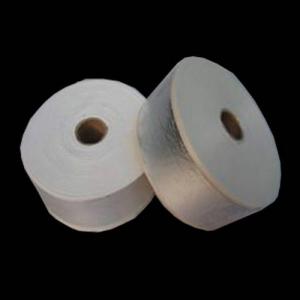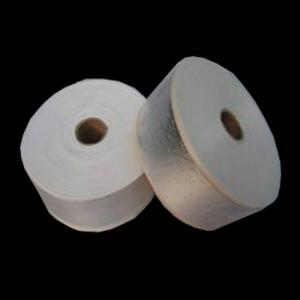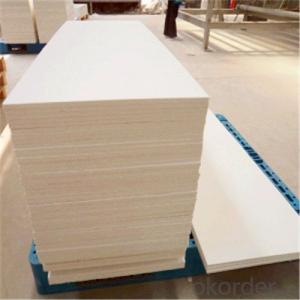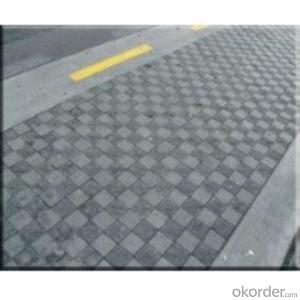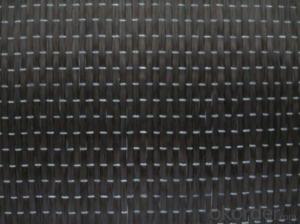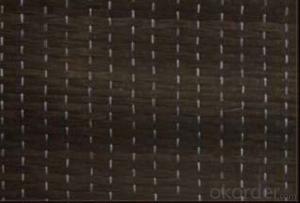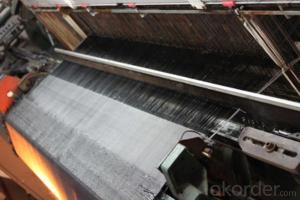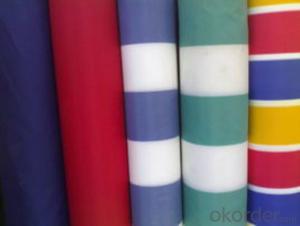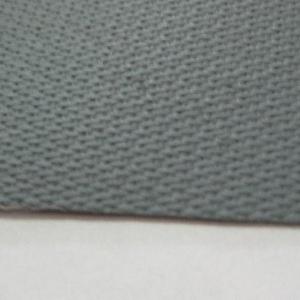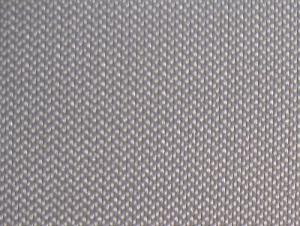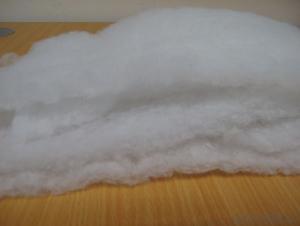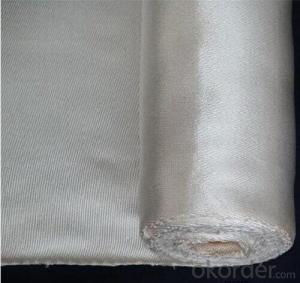Cryogenic Insulation Paper for Liquid Oxygen / Nitrogen / LNG
- Loading Port:
- Shanghai
- Payment Terms:
- TT or LC
- Min Order Qty:
- 200 m²
- Supply Capability:
- 10000000 m²/month
OKorder Service Pledge
OKorder Financial Service
You Might Also Like
What is Cryogenic Insulation Paper?
The cryogenic fiberglass insulation paper is fabricated with selected superfine fiberglass which is generally laminated with aluminum foil.
It shares the advantage of low thermal conductivity but high thermal contact resistance, outstanding uniformity, fast outgassing rate but low gas emission under vacuum conditions, light gram-weight and wide applicable working temperature range (-269℃~500℃).
Application of Cryogenic Insulation Paper
Cryogenic liquid storage & mobile containers and pipeline systems for liquid oxygen, nitrogen,hydrogen,helium,argon,LNG and etc.Cryogenic liquid storage & mobile containers and pipeline systems for liquid oxygen, nitrogen, hydrogen, helium, argon, LNG and etc.
Standard size of Cryogenic Insulation Paper
90mm(W) * 1500m(L)
90mm(W) * 167m(L)
Customized size is accepted based on the quantity
Advantages of Cryogenic Insulation Paper
- Low thermal conductivity
- High thermal contact resistance
- Fast outgassing rate but low gas emission under vacuum conditions
- Light gram-weight
- Wide applicable working temperature range (-269℃~500℃)
Data Sheet of Cryogenic Insulation Paper
Item | Unit | Aluminum Foil | Fiberglass Paper |
Thickness | mm | 0.0065 | ≤0.06 |
Bulk Density | g/m2 | 16±2 | 12±2 |
Tensile Strength | Kn/m | / | ≥0.03 |
Harmful Elements | % | Pb<0.01cd<0.01As<0.01 | No |
Width | mm | 40-2400 | 40-2400 |
Thermal Conductivity | w/mk | <0.00015 | |
Photo of Cryogenic Insulation Paper


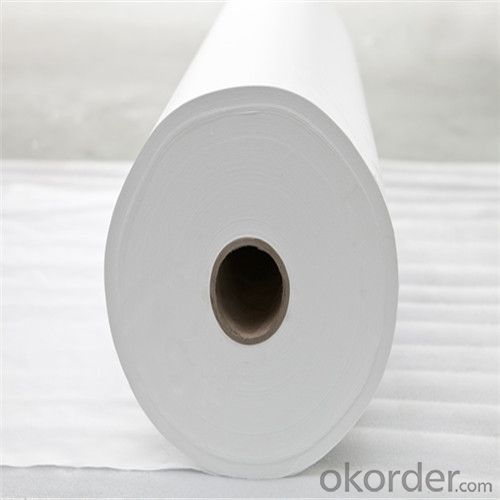
- Q:Can glass fiber textile be used in low-temperature applications?
- Yes, glass fiber textile can be used in low-temperature applications. Glass fiber has excellent thermal properties, including low thermal conductivity and high resistance to temperature changes. It can withstand low temperatures without losing its structural integrity or performance. This makes it suitable for various low-temperature applications such as insulation materials, cryogenic storage tanks, and cryogenic pipes. Glass fiber textiles can effectively trap air and provide insulation, preventing heat transfer and maintaining a stable temperature in low-temperature environments. Additionally, glass fiber textiles are also resistant to moisture and chemical corrosion, further enhancing their suitability for low-temperature applications.
- Q:How does glass fiber textile perform in terms of humidity resistance?
- Glass fiber textile shows exceptional performance in terms of resisting humidity. Its inherent properties make it highly impervious to moisture absorption. It exhibits no water absorption and remains unharmed by elevated humidity levels. This renders it a superb option for applications necessitating moisture resistance, including outdoor furniture, marine equipment, and building materials. Moreover, glass fiber textile sustains its structural integrity even amidst humid conditions, guaranteeing long-lasting durability and performance.
- Q:Can glass fiber textiles be used for insulation in buildings?
- Glass fiber textiles are a great choice for insulating buildings. They have excellent thermal and acoustic properties, making them popular for insulation. They are made from fine strands of glass that are woven into fabric or formed into mats or boards. These textiles are lightweight, flexible, and easy to install, making them suitable for many building applications. Glass fiber textiles are very effective at reducing heat loss or gain through walls, floors, and roofs. They can help maintain a comfortable indoor temperature, reduce energy consumption, and lower heating and cooling costs. They also absorb sound well, which can create a peaceful environment in buildings. One advantage of using glass fiber textiles for insulation is that they do not burn, unlike some other materials. This makes them a safe choice for building applications. They are also resistant to mold, mildew, and pests, which ensures a healthier indoor environment. Glass fiber textiles come in different forms, such as blankets, batts, rolls, and loose-fill, allowing for easy installation in various building components. They can be used in walls, ceilings, floors, and attics, providing insulation throughout the entire building. In conclusion, glass fiber textiles are a versatile and effective option for insulation in buildings. Their thermal performance, sound absorption capabilities, fire resistance, and ease of installation make them a popular choice for residential and commercial construction projects.
- Q:Why is the strength of glass fiber cloth 45 degrees direction low?
- If the intensity of the experiment is low, it may be because the square specimen has 45 degrees of fibers running to the side
- Q:Are glass fiber textiles resistant to moisture vapor transmission?
- Glass fiber textiles possess resistance against moisture vapor transmission. Due to their non-porous structure, glass fibers effectively block the passage of moisture vapor, resulting in a high level of resistance against water vapor transmission. This characteristic renders glass fiber textiles ideal for situations requiring moisture control, such as in building insulation, protective clothing, and filtration systems. Moreover, glass fiber textiles also exhibit resistance to the growth of mold and mildew, further augmenting their suitability for environments prone to moisture.
- Q:Can glass fiber textile be used in concrete reinforcement?
- Certainly! Glass fiber textile, also referred to as glass fiber fabric or GFRP, possesses the capability to serve as a reinforcement material in concrete. This lightweight and high-strength substance effectively enhances the mechanical characteristics of concrete. Incorporating glass fiber textile within concrete aids in augmenting its tensile strength, flexural strength, and impact resistance, thereby bolstering its durability and crack resistance. Furthermore, this material exhibits corrosion resistance and does not rust, resulting in an extended lifespan for concrete structures. Consequently, it finds wide-ranging application in diverse scenarios, including precast concrete panels, beams, columns, and slabs.
- Q:Can glass fiber textiles be used for interior design purposes?
- Yes, glass fiber textiles can be used for interior design purposes. They offer various advantages such as durability, fire resistance, and versatility in terms of design and application. Glass fiber textiles can be used for wall coverings, curtains, upholstery, and other decorative elements in interior spaces.
- Q:Can glass fiber textiles be used as insulation?
- Yes, glass fiber textiles can be used as insulation. They are often used in applications such as thermal insulation for buildings, pipes, and appliances due to their excellent thermal resistance properties. Glass fiber textiles can effectively trap air and reduce heat transfer, making them a popular choice for insulation materials.
- Q:Are there any health concerns associated with glass fiber textiles?
- Yes, there are some health concerns associated with glass fiber textiles. Inhalation of glass fibers can cause respiratory irritation, lung inflammation, and in rare cases, lung scarring. Skin contact with the fibers can also lead to skin irritation and itching. However, these health risks are generally minimal when proper safety precautions are followed, such as wearing protective clothing and using proper ventilation.
- Q:Can glass fiber textile be used in automotive body panels?
- Yes, glass fiber textile can be used in automotive body panels. It is a lightweight and strong material that provides good structural integrity and can be molded into various shapes, making it suitable for use in car body panels. Additionally, it offers excellent corrosion resistance, making it a durable choice for automotive applications.
1. Manufacturer Overview |
|
|---|---|
| Location | |
| Year Established | |
| Annual Output Value | |
| Main Markets | |
| Company Certifications | |
2. Manufacturer Certificates |
|
|---|---|
| a) Certification Name | |
| Range | |
| Reference | |
| Validity Period | |
3. Manufacturer Capability |
|
|---|---|
| a)Trade Capacity | |
| Nearest Port | |
| Export Percentage | |
| No.of Employees in Trade Department | |
| Language Spoken: | |
| b)Factory Information | |
| Factory Size: | |
| No. of Production Lines | |
| Contract Manufacturing | |
| Product Price Range | |
Send your message to us
Cryogenic Insulation Paper for Liquid Oxygen / Nitrogen / LNG
- Loading Port:
- Shanghai
- Payment Terms:
- TT or LC
- Min Order Qty:
- 200 m²
- Supply Capability:
- 10000000 m²/month
OKorder Service Pledge
OKorder Financial Service
Similar products
New products
Hot products
Hot Searches
Related keywords
